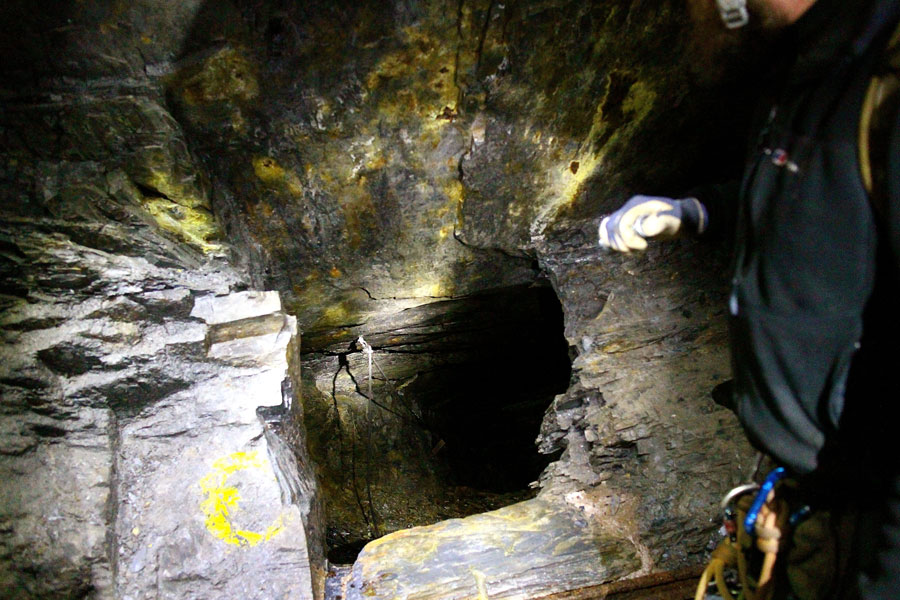Words by Helen Abramson
Let’s face a simple fact: nobody thinks ziplining is cool. The idea of it is grand, rushing through the air like you’re flying, whizzing over vast chasms of beautiful scenery… But the reality is usually pretty tame. For anyone who doesn’t mind heights and is a sucker for adrenaline rushes, a day out on a standard ziplining network up in woodland treetops, while significantly more enjoyable than a day chained to your desk, will probably leave you under-thrilled, underwhelmed, and perhaps even a little dead inside.
Yet after years of disappointment, I never gave up on the idea that ziplining could be really exciting. It should be. The South Park episode I Should Never Have Gone Ziplining may have filled me with putrid shame from it all, but I still wasn’t deterred. And then, at last, I found that my gut might have been right all along: there was a zipline-shaped pot of gold in the adventure-sports hub of Snowdonia, north Wales. I didn’t even have to get on a plane.







